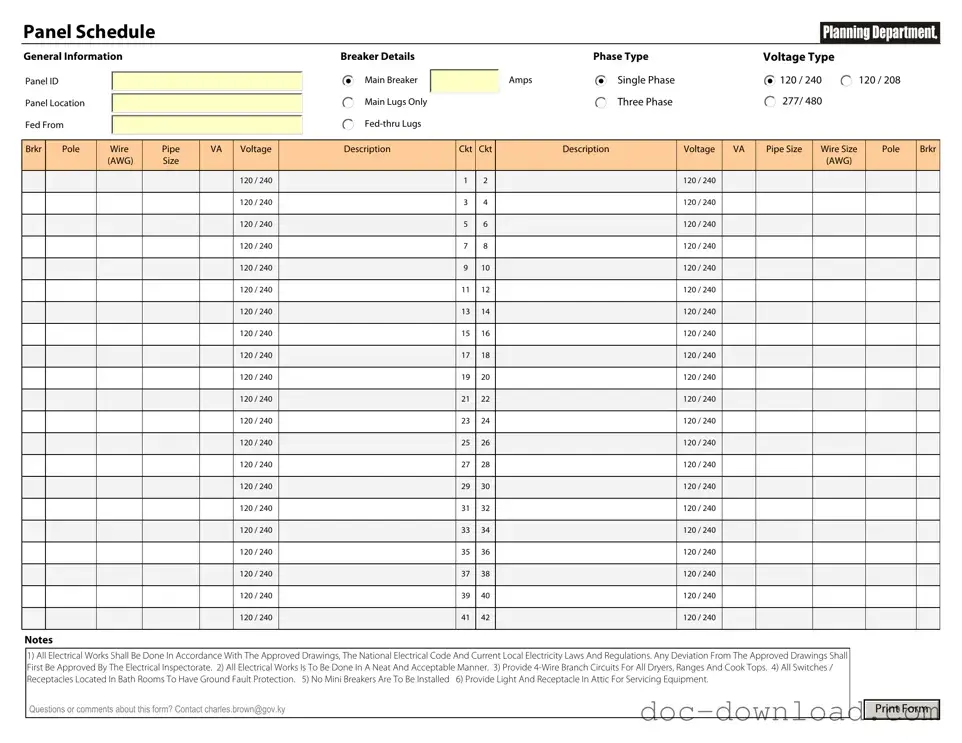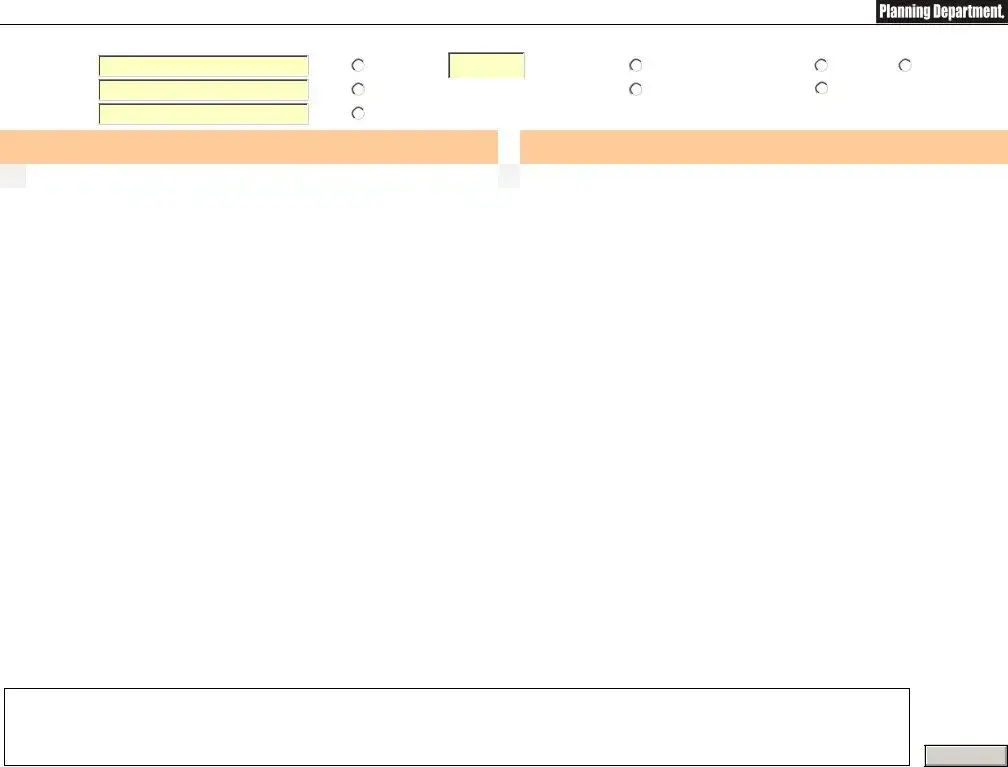The Electrical Load Calculation is a document that outlines the expected electrical load for a specific area or building. Similar to the Electrical Panel Schedule, it provides detailed information about the electrical requirements. Both documents help ensure that the electrical system can handle the demand placed upon it. The Load Calculation considers factors such as lighting, appliances, and equipment, while the Panel Schedule organizes the distribution of circuits and breakers within the panel itself.
The Arizona Transfer-on-Death Deed form allows property owners to designate beneficiaries who will receive their property upon their passing, without the need for probate. This legal document can simplify the transfer of property and provide clarity for heirs, ensuring that assets are distributed according to the owner's wishes. To start the process of securing your property for future beneficiaries, consider visiting https://arizonaformpdf.com/ for the necessary forms.
The Circuit Directory serves as a companion document to the Electrical Panel Schedule. It lists the circuits within the electrical panel and identifies what each circuit powers. This document is essential for maintenance and troubleshooting, just as the Panel Schedule is crucial for understanding how power is distributed. Both documents work together to provide a comprehensive overview of the electrical system's layout and functionality.
The One-Line Diagram visually represents the electrical system's components and their connections. Like the Electrical Panel Schedule, it is used for planning and maintenance purposes. The One-Line Diagram simplifies complex electrical systems into a single line that shows how power flows through the system. This visual aid complements the detailed information found in the Panel Schedule, helping electricians and engineers understand the overall design.
The Service Entrance Schedule outlines the main service equipment and its specifications. Similar to the Electrical Panel Schedule, it details the capacity and ratings of the electrical service. This document is crucial for determining whether the existing service can support additional loads. Both documents ensure that the electrical system is appropriately sized and safe for use.
The Equipment Schedule lists all major electrical equipment, including transformers, generators, and switchgear. This document is similar to the Electrical Panel Schedule in that it provides essential details about each piece of equipment, such as ratings and locations. Both schedules serve to ensure that all components of the electrical system are accounted for and properly maintained.
The Wiring Diagram illustrates the specific wiring connections and configurations within an electrical system. Like the Electrical Panel Schedule, it is essential for installation and troubleshooting. The Wiring Diagram provides detailed information on how circuits are connected, while the Panel Schedule focuses on the organization of those circuits within the electrical panel. Together, they provide a complete picture of the electrical system’s structure and function.

